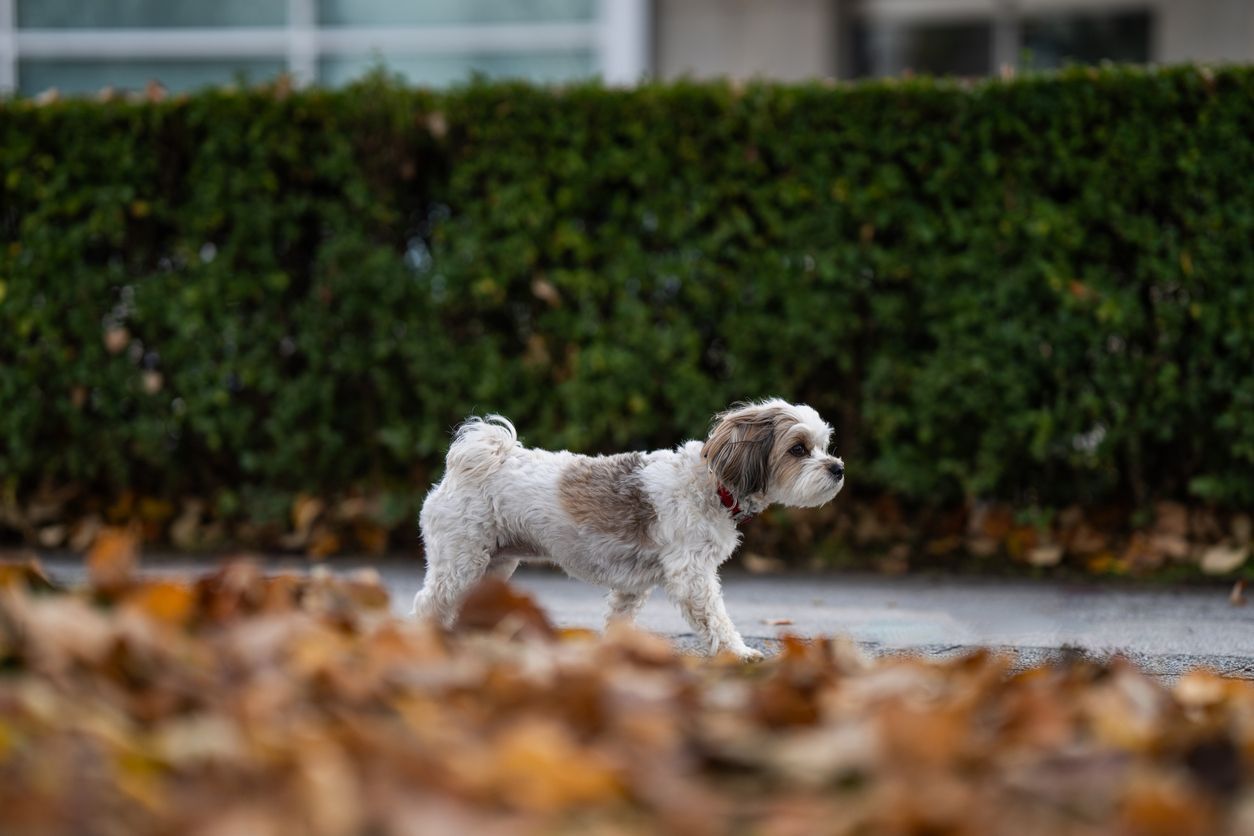Ringworm treatment for horses

Dermatophytosis, or ringworm, is one of the most commonly diagnosed equine skin conditions. Despite the name, ringworm is a fungal infection rather than a worm or parasite. Symptoms of ringworm in horses include thinning hair, patchy hair loss, crusty skin lesions, rash, and itchiness. Because symptoms of ringworm are similar to those of many other skin conditions, an accurate diagnosis is necessary for effective treatment. If your horse is showing signs of a skin infection, read on to learn about:
- How ringworm infections are spread
- Symptoms of ringworm in horses
- How veterinarians diagnose and treat equine ringworm
Ringworm infections are most accurately diagnosed by fungal cultures. Other diagnostics may include examining a horse’s skin and hair under a microscope or with a UV light called a Wood's lamp. Some types of ringworm, like those caused by Microsporum canis or Microsporum equinum, may glow under UV light, but not all types do. Once diagnosed, ringworm is treated with topical antifungal shampoos and sprays and oral antifungal medications. Because ringworm is spread through direct contact with ringworm spores, an equally important part of the treatment plan is preventing the spread by disinfecting tack, grooming equipment, and stalls, as well as by isolating the affected horse until the infection is fully healed.
What is a ringworm infection?
Ringworm (dermatophytosis) is a fungal infection that affects the skin and hair of horses. Despite its name, ringworm is not caused by a worm or other parasite.
Ringworm is one of the most common skin infections diagnosed in horses. The infection is highly contagious and spreads easily to other horses. In addition, ringworm is a zoonotic disease, meaning the infection can spread between animals and humans. Ringworm infections are also common in dogs, cats, and humans.
How horses can catch ringworm
Equine ringworm infections are spread through direct contact with ringworm fungal spores. Ringworm spores live on shed hair and skin cells as well as on items that have touched infected hair or skin. Fungal spores can also live in the soil and be carried by wildlife.
Horses can contract ringworm through contact with:
- Other animals or people with ringworm
- Brushes, tack, and other gear that were used on infected horses
- Soil that contains ringworm spores
- Human clothing that has touched an infected animal
It’s important to regularly clean tack, grooming equipment, and other gear that may be shared between horses. Never share equipment if a horse is showing signs of a skin infection.
Clinical signs of ringworm in horses
Symptoms of ringworm include:
- Patches of hair loss, raised hair, brittle hair, or broken hairs
- Rough, crusty, scabby, or flaky skin lesions
- Skin redness or rash
- Itchy skin
Ringworm lesions can be any shape or size and are not always in a circular pattern. Although it can be found anywhere on the body, ringworm spreads most easily in areas with chafed, cut, or broken skin, such as on the girth or saddle areas, where the skin is rubbed more often. Other common areas for ringworm patches include the head, neck, flanks, or chest. Ringworm symptoms vary depending on the severity of the infection.
Equine skin conditions with similar symptoms
Many common skin diseases in horses have symptoms similar to those of ringworm infections, including:
- Bacterial infections, such as rain rot or scald (dermatophilosis)
- Allergies
- Mange
- Warts
- Mud fever
- Autoimmune conditions
- Skin cancer
It’s important to get an accurate diagnosis from a veterinarian before attempting treatment. Different skin conditions require different forms of treatment.
Diagnosis and treatment options for horses with ringworm
When a horse presents with symptoms such as patchy hair loss and crusty skin lesions, a veterinarian will likely recommend diagnostic testing after a physical examination to determine what’s causing the symptoms. Testing may involve:
- Microscopic examination of hair and skin samples (cytology)
- Fungal culture
- Skin biopsy
- Examination with a Wood’s lamp
Ringworm is commonly diagnosed by identifying fungal spores in skin and hair samples examined under a microscope. “Some cases of equine ringworm may clear up on their own in otherwise healthy horses,” explains Dr. Jamie Lecky, a veterinarian on the Vetster platform. “However, a vet may recommend treatment to help speed up the healing process and avoid the spread of ringworm to other animals or people.” If treatment is recommended, it may include:
- Antimicrobial or antifungal shampoo
- Oral or topical antifungal medication
Treatment for ringworm also involves preventing reinfection and the spread of the infection to others by:
- Thoroughly disinfecting brushes, tack, and other items that the horse has come into contact with
- Disinfecting stalls
- Isolating the infected horse until the infection has been fully healed
It can take as long as 12 weeks for a horse to fully recover from a ringworm infection. The prognosis for ringworm is usually very good.
What to do if your horse is showing symptoms of ringworm
It’s important for horse owners to connect with a veterinarian any time their horse is showing signs of a skin infection, such as hair loss, skin sores, itchiness, and other changes to the skin. Virtual teletriage with Vetster is a fast and convenient way to consult a veterinarian to discuss your horse’s symptoms and get a virtual skin examination from a licensed veterinary professional. Online vets can offer round-the-clock guidance on what to do next based on your horse’s presenting symptoms and their overall health.
FAQ - Ringworm treatment for horses
What is the best ringworm treatment for horses?
Effective treatment for ringworm infections in horses may involve topical antifungals, such as creams, sprays, and medicated shampoos. In some cases, oral antifungal medication may be recommended. Thorough disinfection of the horse’s stall, grooming tools, tack, and other gear is also an important part of treatment to prevent reinfection and spreading the disease to other horses or people.
How contagious is ringworm in horses?
Ringworm is a highly contagious skin condition that spreads through contact with ringworm spores. Ringworm fungal spores are shed on hair and skin cells and can survive in the environment, so infection can happen through direct contact with an infected horse, from equipment or tools shared between horses, from soil that contains ringworm spores, and from human clothing that’s touched an infected animal.
What does ringworm look like on a horse?
Ringworm is a fungal skin infection that presents with scabbed, flaky, or scaly patches of skin, patches of hair loss, inflamed skin, and possible itchiness. Symptoms of ringworm are similar to many other skin diseases in horses, so it’s important to get a definitive diagnosis from a veterinarian before pursuing treatment.
Disclaimer: This article, its content, and its related references do not constitute veterinary advice and should not be considered a substitute for veterinary care. If your pet is showing any symptoms that could indicate a medical emergency, please seek immediate emergency care.



